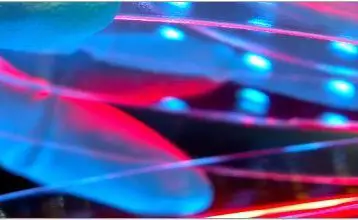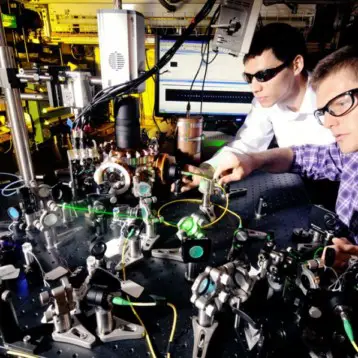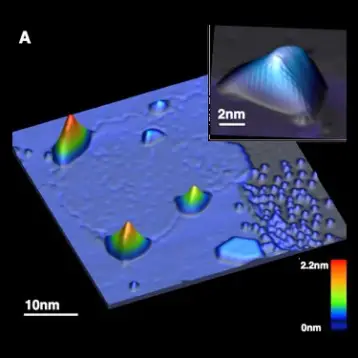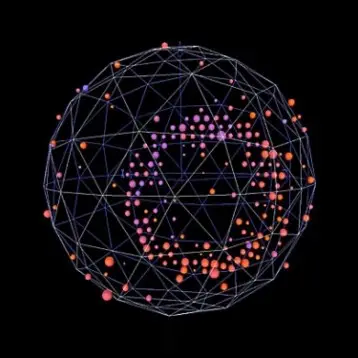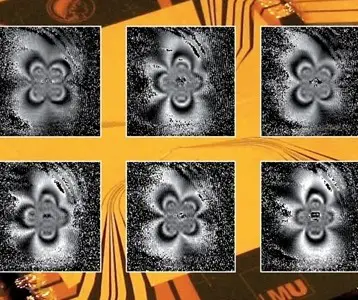Researchers at the Magnet Lab at Los Alamos National Laboratory (LANL) are using magnetic fields to explore the properties of superconductors and other exotic materials. The LANL facility houses some of the largest and most powerful magnets in the world and is part of a larger group offering free access to non-affiliated researchers in the fields of chemistry, biology, physics, geophysics, and medicine. The LANL Magnet Lab typically focuses on condensed matter physics and materials science.
 |
A schematic drawing of the
magnetic field surrounding a
simple wire coil (Credit: Los
Alamos National Laboratory) |
|
The LANL magnets can evaluate the properties of a variety of materials ranging from metals to insulators to superconductors to ceramics to polymers and even radioactive materials. Much of the current research at the lab focuses on high-temperature superconductors.
On the surface, high-temperature superconductors and other esoteric metals don’t seem to have many practical applications. However, scientists firmly believe that exploring the behavior of such metals will greatly enhance our understanding of how materials behave generally and help to create new materials that are more energy efficient, more durable, thinner, and include other improvements over currently available materials.
Recent breakthroughs with high-temperature superconductors revolve around study of their
Fermi surfaces. The electrons on metals at absolute zero theoretically occupy every available energy level of the system. The highest energy achievable at that temperature is called the Fermi energy and the Fermi surface of a metal is a three dimensional graph of the Fermi energy as a function of the electron momentum. The electrons at or near the Fermi surface are the only ones likely to interact with external stimuli and thus the shape of the Fermi surface can provide a lot of information about the metal’s behavior.
Until recently, scientists have been unable to map the Fermi surface of metals. The Magnet Lab has been able to measure the Fermi surface using the most powerful reusable magnet in the world, a 100 tesla multi-shot magnet. Electrons at the Fermi surface are identified through oscillating measurements as the magnetic field increases. These oscillations represent energy shifts of the only electrons in the metal capable of shifting – those at the Fermi surface.
 |
The world’s largest generator powering
the LANL Magnet Lab
(Credit: Los Alamos National Laboratory) |
|
Detecting these oscillations isn’t easy. It requires a very pure sample, a very low temperature, and a very powerful magnet. All three were problematic with the high-temperature superconductors; as the process used to make the materials tends to disorder crystal patterns and introduce impurities, the materials begin to form superconducting bonds as the temperature drops, which results in the breaking of the Fermi surface, and most magnetic fields were not strong enough. The scientists eventually discovered how to create better samples and the 100 tesla magnet is strong enough to keep the materials from becoming superconducting and to generate strong enough oscillations for measurement. Researchers are now delving deeper into how the Fermi surface evolves as the specific components of the high-temperature superconductors are changed.
Even newer and more powerful magnets are in the planning stages for the Magnet Lab at LANL. Researchers hope the next magnet, called the single turn magnet, will allow them to measure the Fermi surface of plutonium and to explore the possibility of superconductivity in heavy metals.
You can read the LANL press release about the Magnet Lab
here.





